Understanding the Difference: Dry Measuring Cups vs. Liquid Measuring Cups
When it comes to precision in the kitchen, the choice of measuring cups is not to be underestimated. It can be the difference between a culinary masterpiece and a kitchen disaster. Dry measuring cups and liquid measuring cups are two essential tools, each with a specific role to play in ensuring the accuracy of your ingredients and measurements.
Dry measuring cups, typically made of metal or plastic, are designed for ingredients like flour, sugar, and grains. Their flat rims allow for leveling off excess ingredients, ensuring accuracy in dry measurements crucial for baking and cooking consistency.
On the other hand, liquid measuring cups, usually made of glass or clear plastic, are all about precision. They feature a spout for easy pouring and are marked with graduated lines, ensuring that you can measure liquids such as water, milk, or oils with the utmost accuracy. This is vital for recipes where the volume of the liquid matters.
Understanding the differences between these two types of measuring cups empowers cooks and bakers to achieve consistent results in their culinary endeavors. Whether baking a delicate cake or preparing a savory sauce, the right measuring cup can achieve perfection in every dish.
What’s the difference between dry measuring cups and liquid measuring cups?
The main differences between a dry measuring cup and a liquid measuring cup lie in their design and intended use:
- Design:
- Dry Measuring Cup: Typically made of metal or plastic, dry measuring cups have a flat rim. This rim allows for leveling off the ingredients (like flour, sugar, or grains) with a straight edge, ensuring precise measurements.
- Liquid Measuring Cup: Usually made of glass or clear plastic, liquid measuring cups have a spout for pouring liquids without spillage. They often have graduated markings on the side to measure liquids accurately at eye level.
- Intended Use:
- Dry Measuring Cup: This cup is primarily used for dry ingredients that can be leveled off, such as flour, sugar, cocoa powder, or grains. The straight edge helps achieve exact measurements without compression.
- Liquid Measuring Cup: This cup is designed specifically for liquids like water, milk, oil, or broth. The spout and clear markings on the side allow for precise volume measurement, usually in fluid ounces, milliliters, or cups.
- Accuracy:
- Dry measuring cups ensure accuracy by leveling off excess ingredients to precisely match the cup’s rim.
- Liquid measuring cups provide accuracy through graduated markings that indicate the exact volume of liquid held, typically up to the brim or the specified measurement line.
Choosing the right type of measuring cup based on the measured ingredient is essential for achieving consistent and accurate results in cooking and baking.
Using a Dry Measuring Cup to Measure Liquids
Using a dry measuring cup for liquids can lead to inaccurate measurements due to the following reasons:
- Overflow and Spillage:
- Dry measuring cups typically do not have a spout for smooth pouring liquids. Pouring liquids into a dry measuring cup can result in spillage over the sides, leading to an inaccurate measurement as some liquid may remain on the rim or spill onto the countertop.
- Meniscus Effect:
- Liquids have a natural curvature at the surface called the meniscus. Liquid measuring cups are designed to provide accurate measurement lines at the appropriate liquid level. Using a dry measuring cup does not account for this curvature, potentially resulting in over or underestimation of the liquid volume.
- Difficulty in Leveling:
- Dry measuring cups are designed to be leveled off with a straight edge to ensure precise measurement of dry ingredients like flour or sugar. Attempting to level off a liquid in a dry measuring cup can be challenging and inaccurate, as liquids do not settle evenly like dry ingredients.
- Inconsistent Volume Measurement:
- Liquids can conform differently to the shape of a dry measuring cup compared to dry ingredients. This discrepancy can lead to inconsistent volume measurement, affecting the overall balance and texture of recipes that require precise liquid ratios.
Using the appropriate measuring cup explicitly designed for dry or liquid ingredients is essential for the best results.
Using a Liquid Measuring Cup to Weigh Dry Ingredients
Using a liquid measuring cup to weigh dry ingredients is generally not recommended for several reasons:
- Accuracy Issues: Liquid measuring cups are designed to measure volume, not weight. While you can pour dry ingredients into a liquid measuring cup to measure volume, accurately converting that volume to weight can be challenging. Different dry ingredients have different densities, so a volume measurement may not accurately reflect the actual weight.
- Density Variations: Dry ingredients like flour or sugar can compact differently based on how they are scooped or poured into a measuring cup. This can lead to variations in the volume measurement, which in turn affects the accuracy of the weight conversion.
- Inconsistent Results: Using a liquid measuring cup to weigh dry ingredients can result in inconsistent results across different recipes. Recipes often specify weights for dry ingredients precisely to maintain consistency in baking and cooking outcomes.
- Best Practices: A kitchen scale designed for this purpose is recommended to measure dry ingredients by weight precisely. A scale provides accurate measurements in grams or ounces, ensuring recipe consistency and reliability.
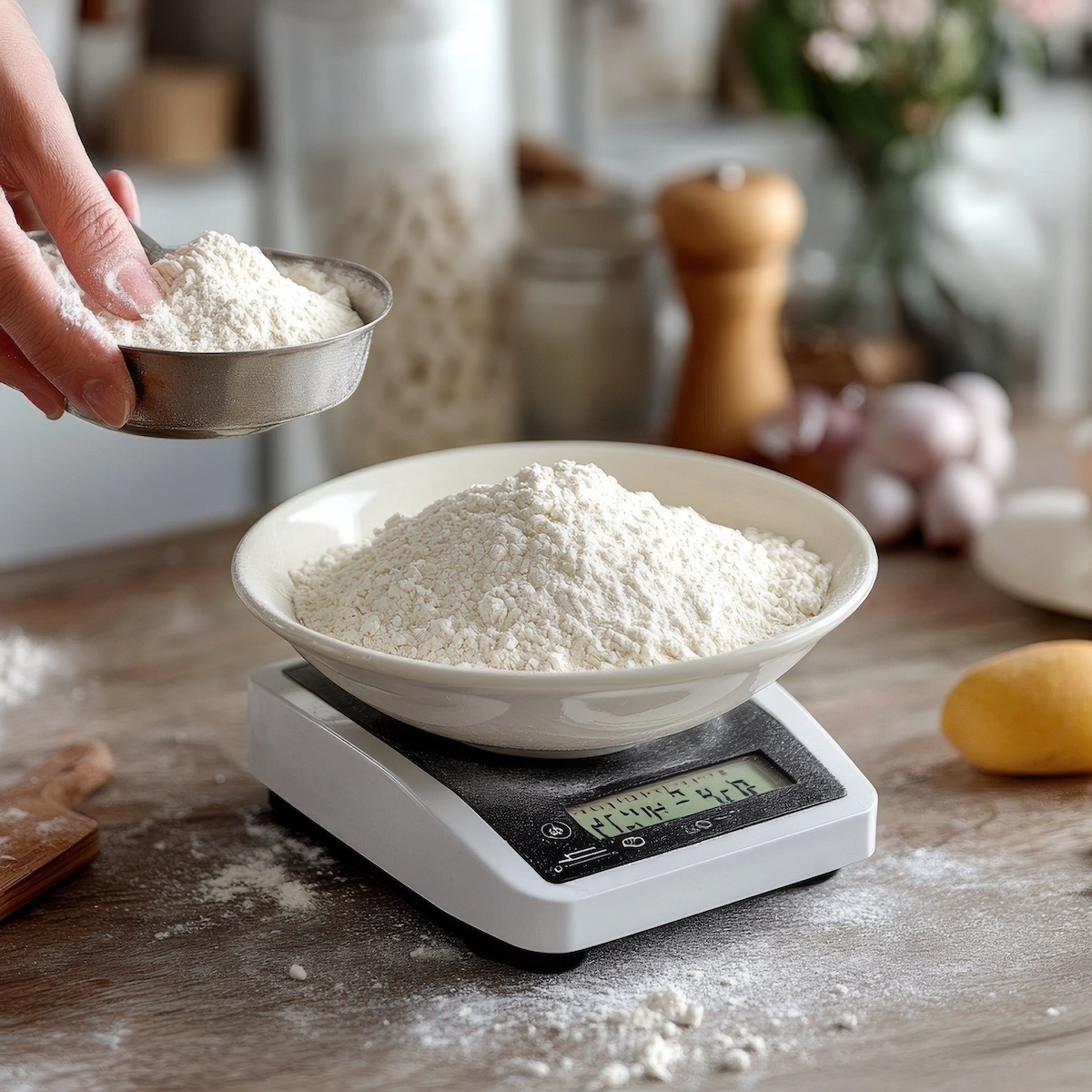
Weighing Is Best
Weighing both dry and wet ingredients offers several advantages for achieving precise and consistent results in cooking and baking:
- Accuracy in Measurement:
- Weight measurements are inherently more accurate than volume measurements because they directly quantify the amount of ingredients by mass. This method eliminates variations caused by how ingredients are packed or scooped into measuring cups, which can affect volume measurements.
- Consistency in Recipes:
- Using weight measurements ensures you replicate recipes accurately each time you cook or bake. This consistency is crucial, especially in baking, where slight variations in ingredient amounts can significantly impact the texture, rise, and overall outcome of baked goods.
- Flexibility in Scaling:
- Weighing ingredients allows for easier recipe scaling. Whether doubling a recipe or adjusting it to make smaller batches, weight measurements can be scaled linearly, ensuring proportional adjustments without compromising the recipe’s integrity.
- Ease of Preparation:
- Weighing ingredients can streamline the preparation process. Instead of multiple measuring cups and spoons, a kitchen scale allows you to measure ingredients directly into the mixing bowl or container, minimizing dishes and simplifying cleanup.
- Precision in Professional Settings:
- Precision is essential for consistency across dishes and maintaining quality standards in professional kitchens. Weighing ingredients is a standard practice in professional culinary environments to ensure reliable and high-quality results.
Weighing dry and wet ingredients provides superior accuracy, consistency, scalability, and ease of preparation compared to relying solely on volume measurements. This approach is particularly beneficial for achieving professional-quality results in cooking and baking at home or in a culinary setting.

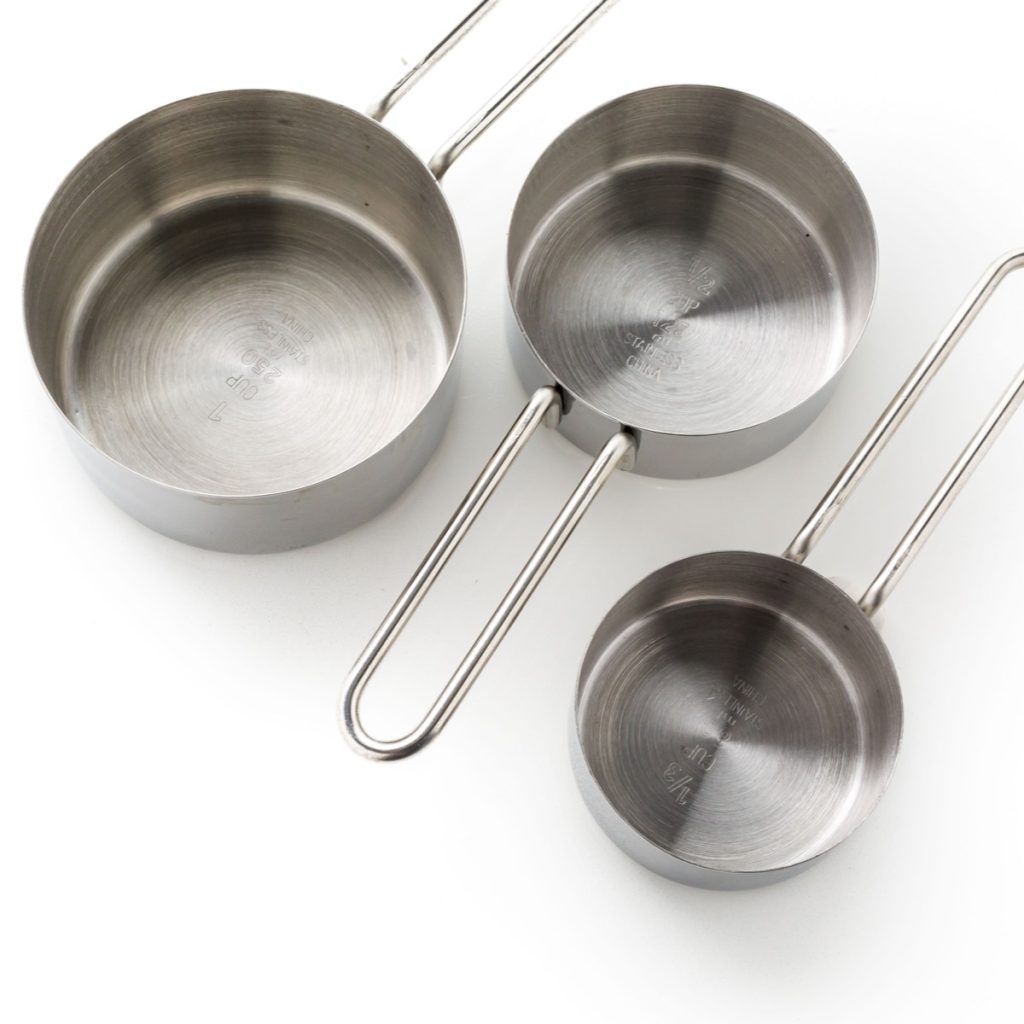
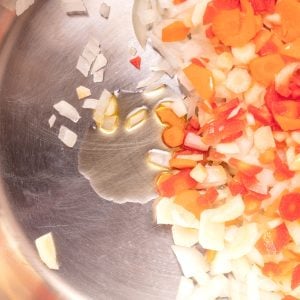
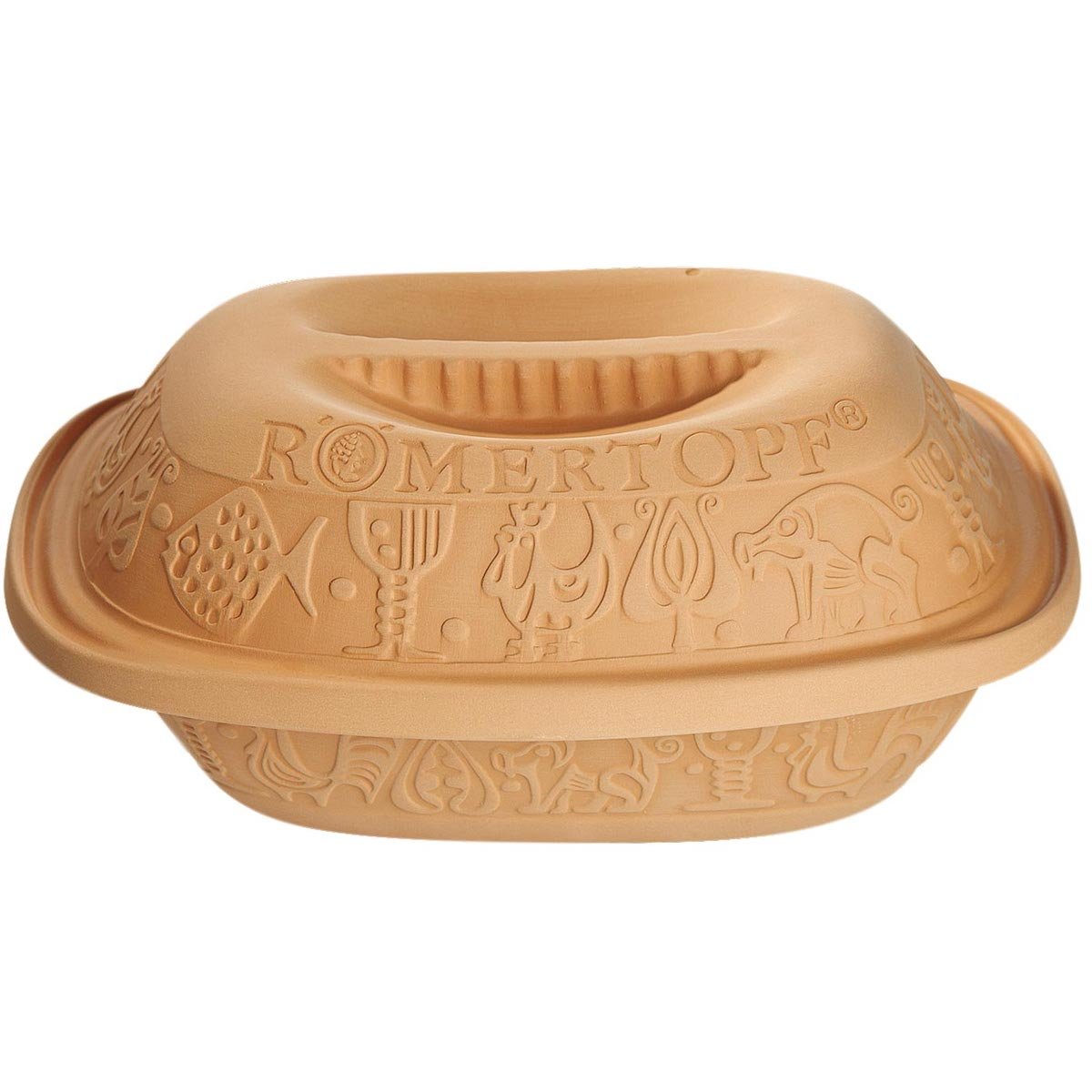
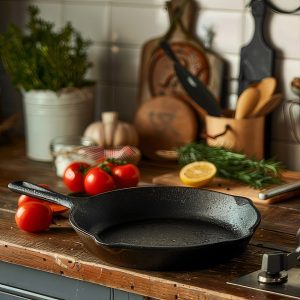

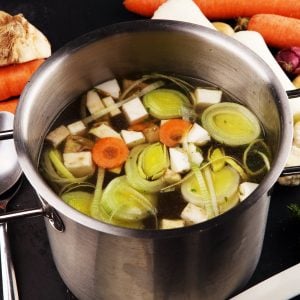
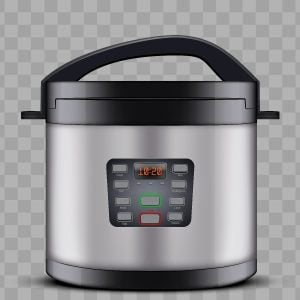
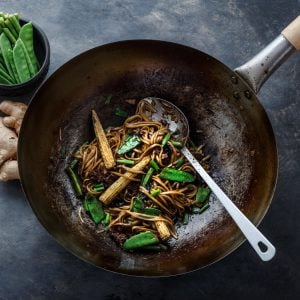
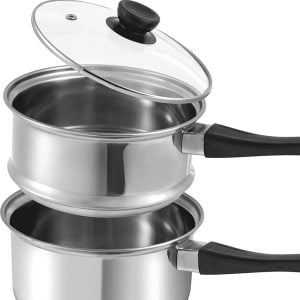



49 Responses
Good article, but one minor correction regarding the physics of weighing dry goods. Mass is a function of the amount of matter in something. Weight is the amount of force than this stuff exerts downward due to gravity. On the moon you’d “weigh” one sixth as much as you do on earth, but you’d have exactly the same mass. Since we all live out entire lives on earth the concepts of weight and mass are used interchangeably and often confused. Measuring dry goods is really a function of weight and volume as a cup is a measure of volume which can vary dramatically from baker to baker.
If one were into Astro Physics (as I am) your scenario of weight, mass etc. would be impressive; however, the question was from one who wanted and needed simplistic terms for general every day household baking. Try not to ‘impress’ with your copy and paste of expansive terminology and just give solid, quality, USEABLE advise that would be beneficial vs. convoluted confusion of unnecessary terms.
H
WOW!
Thanks for the correction–like I said, I’m not a physics major; I’m a pastry chef:-)
I went to williams sonoma the other day. And i asked the lady if they had any liquid measuring cups and then she went over and showed me a bunch of dry measuring cups. And i was like aren’t these for dry ingredients? and she was like a cup is a cup, you can use any of them it doesn’t matter….i just stood there amazed.
This is all good stuff, but my recipe calls for a pound of flour. My measuring cup is “liquid.” How can I measure reasonably well using this cup?
Hi Rosina, weighing flour is the most accurate way of measuring flour because of all the variables as discussed in the post, but 1 pound of flour = approximately 4 cups. – RG
Is French’s Bold N Spicy Deli mustard considered dry or liquid when measuring? I measured in a dry cup. Thanks
Me, I would think of it as wet but I would check further. – RG
You can not POUR mustard, therefore it is a DRY measure.
Really good information, Thanks! I am raising a baby calf that was rejected by his mother (he was a twin and she would only accept one calf) and I needed my dry measurement of milk replacement powder to be pretty accurate. This article really helped me out. Thanks again, Jo Ann
You are welcome Jo Ann – RG
If a recipe calls for 6 oz. DRY. How much is 6 oz pasta in cups?
Jody – My general rule of thumb for pasta is that 2 ounces of dry equals about 1 cup. So, for your recipe that calls for 6 ounces of pasta, you’ll end up with about 3 cups of cooked pasta. Hope this helps. – RG
So, if I measured a cup of flour in a liquid measuring cup and a cup of flour in a dry measuring cup would they weigh the same?
Kateri – Even if you measure two separate cups of flour in the same measure, dry or wet, they might not weigh the same. This is because flour’s weight is effected by how much water from the atmosphere that flour absorbs as well as how packed down–or aerated–it is before measuring. A “cup” of flour can weigh as little as 3.75 ounces and as much as 5.5-6 ounces, depending on how you scoop the flour and the other factors I mentioned above. Aside from that, if you measured a cup of flour in a liquid measure and in a dry measure, they would weigh different amounts. This is mainly because, aside from what I’ve said previously, you cannot level off the flour in a liquid measure, and flour, unlike a liquid, does not seek its lowest level. It mounds up. If you shake the liquid measure to level off the flour that way, the flour gets compacted and thus will weigh more than the dry measure. In a dry measure, you can just heap the flour up in the cup and then level it off with a straight edge, such as an icing spatula. My advice to anyone who asks about weights versus volume measurements is to buy a scale. This is for both accuracy and consistency. I weigh a cup of flour at 4 to 4.5 ounces. That way, I don’t have to worry about leveling off, packing down, humidity or anything else. 4.5 ounces is 4.5 ounces, whereas a “cup” might not always be a “cup.”
Thanks for the very informative information. I have been doing a lot of pickling the last few days (using old recipes), and I have encountered some challenges with the measures. This information helps tremendously.
I learned in cooking school that dry ingredients and liquid where different. Thank you
I’m confused by what you say here ” For example, the way I fill a one cup measure, all purpose flour weighs 4 ounces. I like how this works in my recipes, so I will use 8 oz. of all purpose flour for 2 cups in a recipe, or 3 ounces of all purpose flour for 3/4 cups in a recipe.”
Does this mean that if a recipe says 1 cup then to get 8 ounces for the recipe you need to fill 2 dry measuring cups? Or are you saying if a recipe calls for 1 cup then you only use what your dry measuring cups gives you which you weigh to being 4 ounces(which is not a true cup ie 8 ounces)?
So if I need only 9 oz of cake mix from a 15 oz box of mix, using a dry measure without measurements on the side, how do I calculate? I’m thinking a cup would be 8 oz, but what measurement do I use to get the extra oz?
Okay…Not a stupid question, but one needed to be answer…I have a recipe from online from the UK telling me to use 825g of pumpkin puree,55g of dry pectin and 900g of caster sugar. I’m pretty sure I can find the caster sugar, but I’m not sure about the measurements…would that be a little over 3 1/2 cups of puree pumpkins? and 2 oz of pectin with 4 cups of sugar?…And where can I find a book that can show me the conversion the online ones are giving me a headache…and I read the labels in my pantry to try to figure this out…thanks ever so much.
Cheryl, One of the issues is that you are trying to go from metric weights to US weights and from there to volumetric measurements. That makes things a little tricky, and it’s why I advise everyone who is even a little serious about baking to buy a kitchen scale that will do the conversions for you. The one I use costs about $25, and has lasted for years.
Having said that, here’s a chart I found that you can use for the pumpkin and sugar conversion: http://www.veg-world.com/articles/cups.htm
An ounce (2 Tablespoons by volume)=28g, so I’d go with 2 ounces or 4 Tablespoons of pectin.
Hope you find this helpful.
Kathy, it is very difficult to switch between weights and volumes, and I would strongly urge you to buy a kitchen scale. But, if you don’t have time to get one, I’d measure the entire contents of the box of mix using cups. Then, I’d take 2/3 of it as my measurement (since 9 oz is close to 2/3 of 15). I don’t think you can get much more precise than that without a scale.
For example, if the contents fills 3 cups, use 2 cups as your measurement. If the contents fills 4 cups, use 2 and 2/3 cups as your measurement.
Hope this is helpful.
Mike, this is why it is so difficult to convert from weights to volumetric measurements. Almost every different substance is going to weigh a different number of ounces per cup. 8oz per cup only works for liquids–namely water, whole milk and whole eggs. A “cup” of flour weighs 4-5 ounces, depending on how you measure it in the cup. If you dip the cup into the flour and end up packing some of it down, it’ll weigh closer to 6 oz. If you whisk the flour before lightly spooning it into the cup, it will weigh closer to 4 ounces.
So, when I say that I use 4 oz as my measure for flour, if the recipe calls for 2 cups, I weigh out 8 oz using a scale. If the recipe calls for 3 cups, I weigh out 12 oz.
I hope this helps.
on a diet it says 1 cup of beef stew equals 220 calories what do i use the liquid cup or dry
Sue: I totally agree with Jennifer regarding the food scale. I’m on a diet using portion control, so I weigh everything. I found the scale I bought to be a great tool. I can weigh my dish first, zero out the number, then add my stew into the dish while it’s on the scale That number is what I have in my dish!
If your stew is from a can, and the portion is one cup, I would just cook the whole can, see how many portions are in the can, divide the contents of the pot and and take one portion, freezing the rest for another time. That’s what I do with most recipies. It’s worked for me. Good luck with your weight loss!
“a pint is a pound the world around,”
no it isn’t, that’s wrong.
In the UK there are 8 pings in a gallon and a gallon of water weighs 10 pounds.
What about measuring macaroni? Most recipes call for a 1/2 lb. or a lb.of pasta. A box is usually 12 or 13 ounces. Should I measure by the cup. Thanks.
Hi Pat, most pasta I purchase comes in 1 pound boxes but if I need an exact amount under that, I would use a kitchen scale, a very useful item in anyone’s kitchen especially if they do a lot of baking. If I didn’t own a kitchen scale, I would just estimate the amount and if I’m off by an ounce, I don’t think it really matters. – RG
thanks a bunch it was very helpful
Thank you, thank you, thank you. Years ago my sister-in-law made such a big deal when she saw me measuring a dry ingredient in a liquid measuring cup. At the time I did not know there was a difference but I have been paranoid ever since. I am so glad that you clarified the difference but I also think at times I could use either one. If I had used my common sense I would have realized why there is a design difference. Thank you again!
Liquid is different, I measured dry popcorn kernels in a 1/4 cup, and they measured 1/3 cup, in my 3rd cup. Thank-you God Bless, and Namaste’ Christine
Dry to Wet Equivalency:
1 Dry Unit = 1.1636 Wet Unit
What about sugar or salt vs flour?
Does one cup equal four ounces for all dry goods?
I have a recipe for buttermilk bran muffins that calls for 1/2 of a 15 oz. box (or 7 1/2 oz.) of bran cereal. When I make it I usually just estimate, which is not ideal. Sometimes the muffins turn out too dry, so I know I’ve used too much cereal. I do not have a scale. How can I measure the cereal so I will get the amount correct?
hahahahaha good article
Hello. I am in deep trouble trying to understand this “cup” measures because in my country (Argentina) we use ml and grams separately. Now I bought an automatic oven to cook bread and cakes but the recipes comes in “cups”. I have been reading this web page and many others and I cant figure it out. This recipe says 1 cup of water and 1 cup of flour. How much is that in the metric system? (Ml and grams respectively) can you please help me?
Hi Viviana, let’s see if I can help;
1 cup of water = 236 ml water and 1 cup flour = 128 grams but that depends on the type of flour.
For other conversions, please check out this page – http://www.reluctantgourmet.com/conversion-calculators/
how many large olive make a cup of oil
Wow Zak, very interesting question. I have no idea how many olives to make a cup of olive oil but I’m sure it has a lot to do with the size and type of olive. Some olives have more oil in them than others. I did a little research and found the following but can’t swear that’s it’s correct but it looks good. The source is Olive Oil News.
1 tablespoon of olive oil comes from:
20 medium Mission olives that had an oil content of 20%
40 small ripe black olives
20 jumbo ripe black olives
7 super colossal ripe black olives
so since there are 16 tablespoons in a cup, 1 cup of olive oil requires:
320 medium Mission olives that had an oil content of 20%
640 small ripe black olives
320 jumbo ripe black olives
112 super colossal ripe black olives
That sure does seem like a lot of olives!
Stephen Jones Great Questions. I am also going to ask these types of questions. However, if you find these answer, you are requested to reply me.
Hi! I would like to ask why liquids are harder to measure than solids?
Hi Krxtin, not sure it is that much harder but you can measure dry ingredients two ways including using a measuring cup or by weight. Measuring by weight is the more accurate method.
I am a certified health coach that teaches healthy cooking classes to children, therefore, I am not a trained chef, etc… but have parents look to me for answers to questions such as this. I would like your permission to reference this article in my email and on my Facebook page as well as pin it to Pinterest. May I?
Hi MT2T, thanks for contacting me and asking permission. Of course you can link to it or post a short quote from it but please do not copy large parts of it or the entire article and post it on your site. It is copyrighted material and takes time to put together so I would ask you to respect the work. Thanks.
I have 1c dry ingredients which call for 2 1/2 c water. I need to add another 1/3 c dry, how much more water do I need to add?
Are you testing my math Pauline? I’m thinking you would divide 2 1/2 cups by 1/3 to get 0.833333333 US cups.
Does this sound right? Anybody else agree?
Hello, Thank you for the very interesting article. I was wondering if as you say in the article that you weight 4oz for 1 cup of flour and 8oz for 2 cups of flour on a scale. I have tried measuring with my dry cup for 1 cup of flour its weight is 8oz not 4oz for 1 cup am I doing something wrong? thank you
Dee, are you accounting for the weight of the container you have the flour in?
If I am making candy and it calls for 1 cup of sugar and one cup of milk would i use the same cup for both or would I use a dry cup for sugar and a liquid cup for milk
Hi Sugarplum, great question. So many home cooks use dry and liquid measuring devices all the time. My wife is constantly reminding me to use a liquid measuring cup for measuring liquids and a dry measuring cup for dry goods. So to answer your question, yes, use separate measuring devices for liquid and dry. I’m not sure of the exact difference if measuring liquid in a dry cup but I’ll research and write about it in the future.